| Structure | Name/CAS No. | Articles |
|---|---|---|
 |
Disodium hydrogenorthophosphate
CAS:7558-79-4 |
|
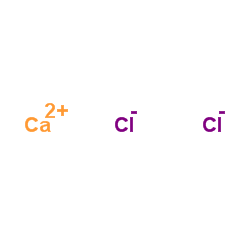 |
Calcium chloride
CAS:10043-52-4 |
|
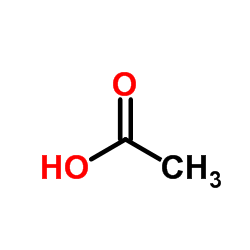 |
acetic acid
CAS:64-19-7 |
|
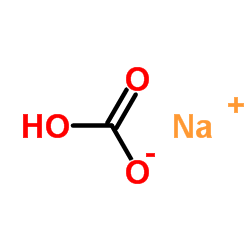 |
SodiuM bicarbonate
CAS:144-55-8 |
|
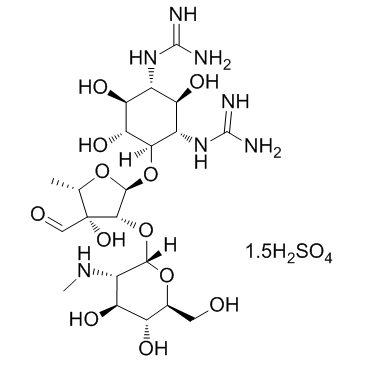 |
Steptomycin sulfate
CAS:3810-74-0 |
|
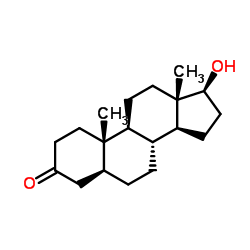 |
Stanolone
CAS:521-18-6 |
|
 |
calcium chloride dihydrate
CAS:10035-04-8 |
|
 |
acetic acid
CAS:1173022-32-6 |
|
 |
calcium glycerol phosphate
CAS:1336-00-1 |